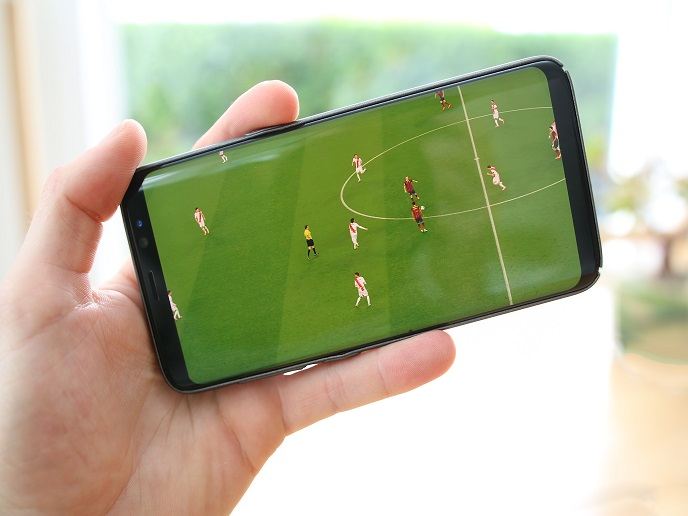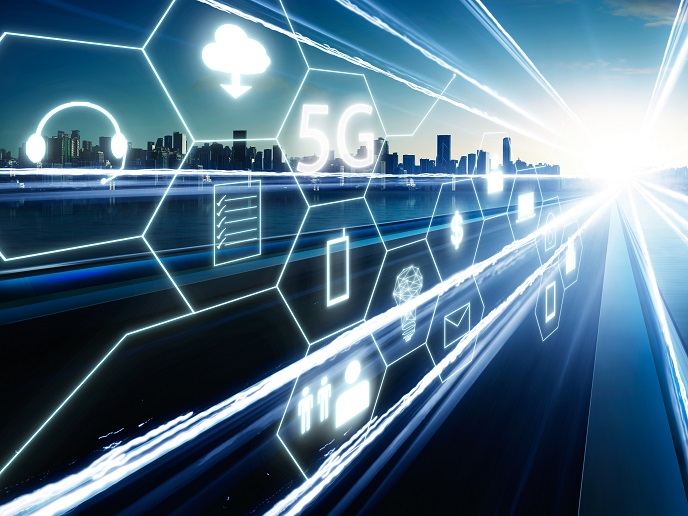Wireless communication to become greener
Wireless communication has become ingrained in our lives, powering millions of cell phone networks and internet connections across Europe. Within this context, authorities are constantly looking at better ways to allocate wireless communication resources so that they become more efficient and less costly. One promising technology in this respect has been game theory, which exploits what is known as self-enforcing schemes using distributed algorithms to improve coverage and reduce infrastructure costs. The EU-funded project GRAND-CRU (Game-theoretic resource allocation for wireless networks based on distributed and cooperative relaying units) worked on improving wireless communication using game theory. Beyond better performance of these networks, the project also worked on integrating the concept of energy efficiency to enhance resource allocation for multi-carrier relay-based networks. To achieve its aims, GRAND-CRU brought together two powerful institutions with cutting-edge expertise in the field: the Dipartimento di Ingegneria dell'Informazione of the University of Pisa in Italy, and the Department of Electrical Engineering of Princeton University in the United States. Working to build next-generation wireless systems to achieve high-speed ubiquitous wireless communications, the consortium focused on low-complexity distributed algorithms for multi-cell scenarios to enhance 4G and beyond-4G cellular networks. In addition to integrating energy efficiency (e.g. power consumption) into its proposed system, the team also addressed the need for low-complexity, scalable and distributed algorithms. These exploit signal processing techniques to offer viable solutions that are ideal for realistic environments, with possible application in the industry sector. Overall, the team's computer simulations demonstrated that networks could become 18 times faster and save 25 % more power over current systems. It upgraded the energy efficiency of next-generation wireless networks to prepare for 5G communications through relay-aided communications and integration of existing macrocellular networks with small cells. This involved maximising the bits delivered at destination per unit of energy consumed and enabling user terminals to properly allocate resources across the network using a fractional programming approach. The project's work led to patentable algorithms and techniques in the form of software for network nodes of mobile wireless systems. Thanks to these achievements, 4G and upcoming 5G technologies stand to become greener and more reliable.







